Throughout human history, few animals have shaped our world as profoundly as the horse. When we examine the sweeping narratives of exploration and colonization that transformed our global landscape from the 15th through 19th centuries, horses emerge as silent yet essential architects of this expansion. From the Spanish conquistadors who ventured into the Americas to British colonists spreading across continents, horses provided the crucial combination of mobility, power, and endurance that made these ambitious journeys possible. Their partnership with humans created unprecedented opportunities for exploration, conquest, and settlement that would have been unimaginable without their contribution.
The Biological Advantages of Horses
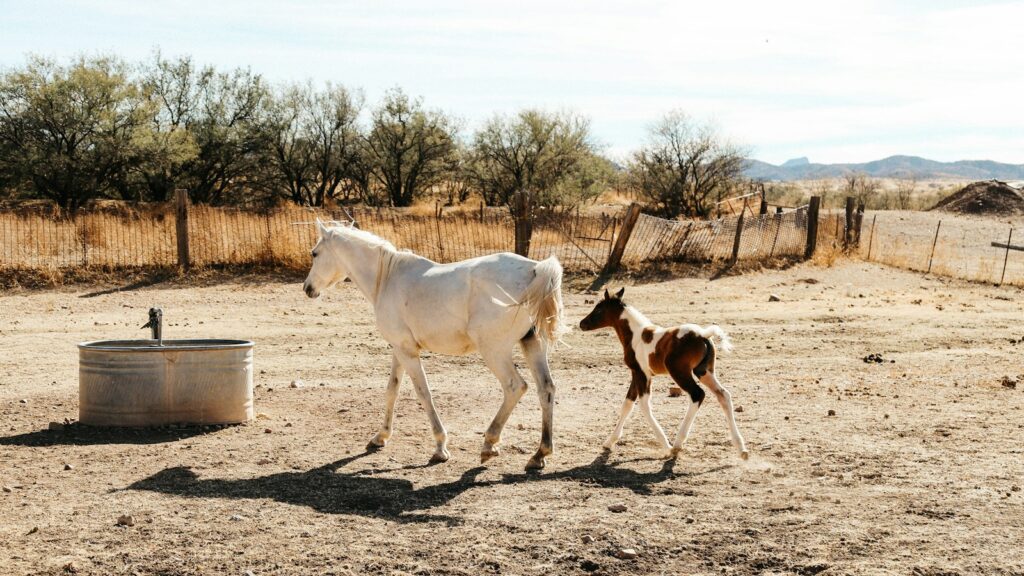
Horses offered a unique biological package that made them ideal partners for human exploration. Their remarkable combination of speed, strength, and stamina allowed travelers to cover distances that would have been impossible on foot, with the average horse able to travel 20-30 miles daily compared to a human’s 10-15 miles. Their large size enabled them to carry riders and supplies weighing up to 20% of their body weight over challenging terrain, from deserts to mountains. Horses’ digestive systems evolved to process grasses and vegetation found in diverse environments, meaning they could often forage for their own food during journeys. Perhaps most importantly, their intelligence and trainability created a responsive partnership with humans that few other domesticated animals could match.
Speed and Mobility Revolution
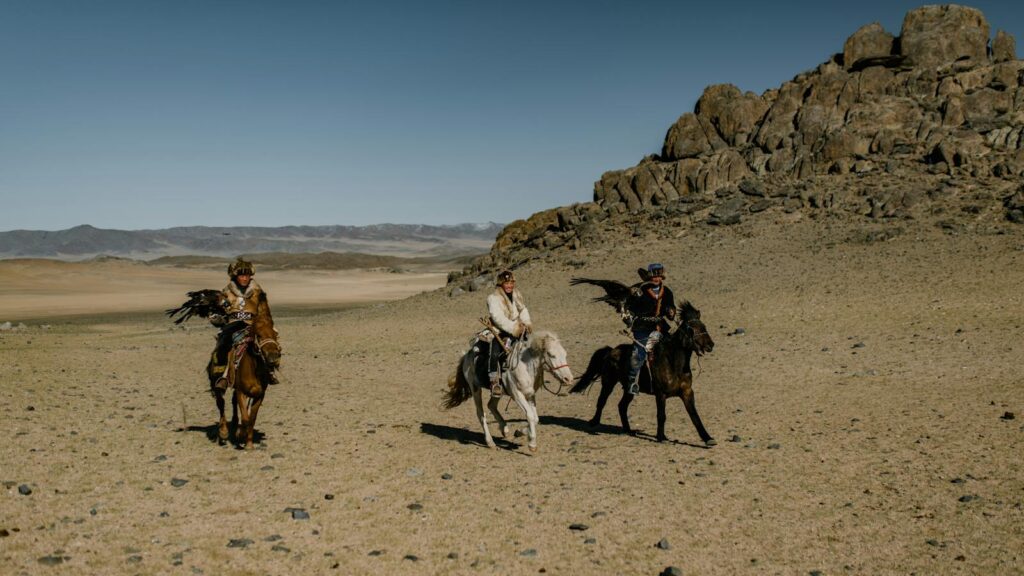
The introduction of horses fundamentally transformed human mobility in ways that directly enabled exploration. Before horses, human travel speed was limited to approximately 3-4 miles per hour on foot, but mounted explorers could sustain speeds of 8-12 miles per hour across favorable terrain. This dramatic increase meant that journeys that would have taken months could be completed in weeks, allowing explorers to venture further while maintaining connections to their supply bases. The horse’s ability to travel quickly over diverse landscapes gave mounted explorers tactical advantages when encountering new territories or peoples. Additionally, horses provided versatility that boats or ships could not match, allowing travelers to navigate inland areas far from waterways while carrying significant supplies.
Military Advantages in Conquest

Horses provided overwhelming military advantages that directly facilitated colonial conquest across continents. Mounted soldiers enjoyed a significant height advantage in combat, giving them better visibility and the ability to strike downward with greater force against foot soldiers. The shock value of cavalry charges proved psychologically devastating to indigenous peoples who had never encountered mounted warriors, as documented in Spanish conquests throughout the Americas. Horses dramatically increased the effective range of weapons like lances and swords while providing the rider with the maneuverability to attack and retreat rapidly. Perhaps most significantly, early colonizers could maintain military control over territories vastly larger than their numbers would otherwise permit, with mounted patrols able to respond quickly to resistance across extensive frontiers.
The Spanish Conquest and the Horse

The Spanish conquest of the Americas represents perhaps the most dramatic example of how horses transformed exploration and colonization. When Hernán Cortés landed in Mexico in 1519, his small force of approximately 600 men included just 16 horses, yet these animals produced fear and awe among the Aztecs who had never seen such creatures. The Spanish exploited this psychological advantage brilliantly, with contemporary accounts describing how indigenous warriors would flee from the terrifying combination of man and beast that seemed to function as a single entity. The tactical mobility provided by horses allowed Spanish forces to strike quickly, retreat, and regroup in ways that confounded traditional Aztec and Inca military tactics designed for foot soldiers. After establishing control, Spanish colonizers used horses to maintain administrative networks across vast territories with relatively few personnel, enabling a small European force to dominate a continent.
Transportation of Goods and Resources

Beyond their military applications, horses revolutionized the transportation of goods that made colonization economically viable. A single horse could pull a wagon carrying 4,000-8,000 pounds of cargo, transforming the economics of resource extraction in colonial territories. This capacity allowed colonizers to transport agricultural harvests, timber, mining outputs, and other resources from inland areas to coastal shipping points, creating viable economic networks extending far beyond natural waterways. Horse-powered transportation made it possible to establish settlements and economic activities in areas that would otherwise have been impractical due to transportation limitations. The reliable movement of goods also ensured that colonial settlements could receive necessary supplies from their home countries, maintaining cultural and economic connections across oceans.
Communication Networks in Colonial Systems

Horses enabled the development of communication systems that were essential for administering far-flung colonial territories. Mounted messengers could cover 50-100 miles per day in relay systems, carrying information, orders, and intelligence across vast distances at unprecedented speeds. These communication networks allowed colonial powers to respond to threats, coordinate military actions, and maintain administrative control across territories that would have been ungovernable without rapid information flow. The famous Pony Express in North America, though short-lived, demonstrated the pinnacle of this capability by delivering messages between Missouri and California in just 10 days during the 1860s. Most importantly, these horse-powered communication systems enabled colonial powers to implement consistent policies and maintain political control across expansive territories with diverse populations and challenging geography.
Agricultural Expansion and Settlement

Horses dramatically expanded human agricultural capabilities, directly supporting the establishment of permanent colonial settlements. A horse-drawn plow could cultivate fields up to five times faster than human labor alone, allowing smaller numbers of colonists to establish productive farms in new territories. This agricultural efficiency was particularly crucial in North America, where European settlers could claim and productively farm much larger plots than would have been possible relying solely on manual labor. Horses also provided the power to operate early mechanized equipment like threshers and mills, increasing the productivity of colonial agriculture and processing of raw materials. The ability to rapidly establish productive agricultural settlements provided the economic foundation and food security necessary for successful long-term colonization efforts.
Psychological and Cultural Dimensions

Beyond their practical applications, horses carried significant psychological and cultural weight that influenced colonization patterns. In many European cultures, horsemanship was associated with nobility and social status, giving mounted explorers and colonizers a powerful symbol of authority when encountering indigenous peoples. Colonial powers often deliberately exploited this psychological dimension, using formal cavalry displays to project power and establish dominance in new territories. Many indigenous cultures developed spiritual interpretations of horses and riders, sometimes viewing them as supernatural entities, which colonizers frequently leveraged to their advantage. The cultural significance of horses also appeared in colonial architecture, art, and literature, reinforcing European identity and values in distant territories.
Native Adoption and Adaptation
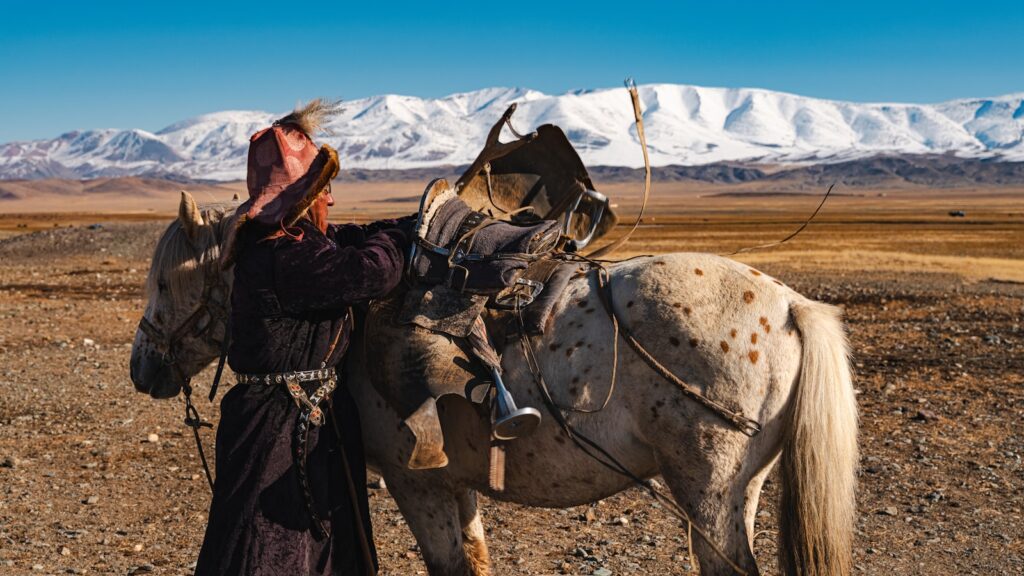
One of the most fascinating aspects of horses in colonization was how indigenous peoples adapted and incorporated them into their own societies. Native American tribes like the Comanche, Apache, and Sioux transformed their entire cultures after acquiring horses, developing mounted hunting and warfare techniques that often surpassed European capabilities. This “horse culture” revolution allowed some indigenous groups to effectively resist colonization far longer than would have been possible otherwise, particularly in the North American plains. The spread of horses among native populations created complex interethnic relationships and power dynamics that colonial authorities struggled to manage. This cultural transfer represents a rare example where a technology introduced by colonizers was adapted and used against them, significantly altering the trajectory of colonization in regions like the American West.
Logistics of Horse Transportation
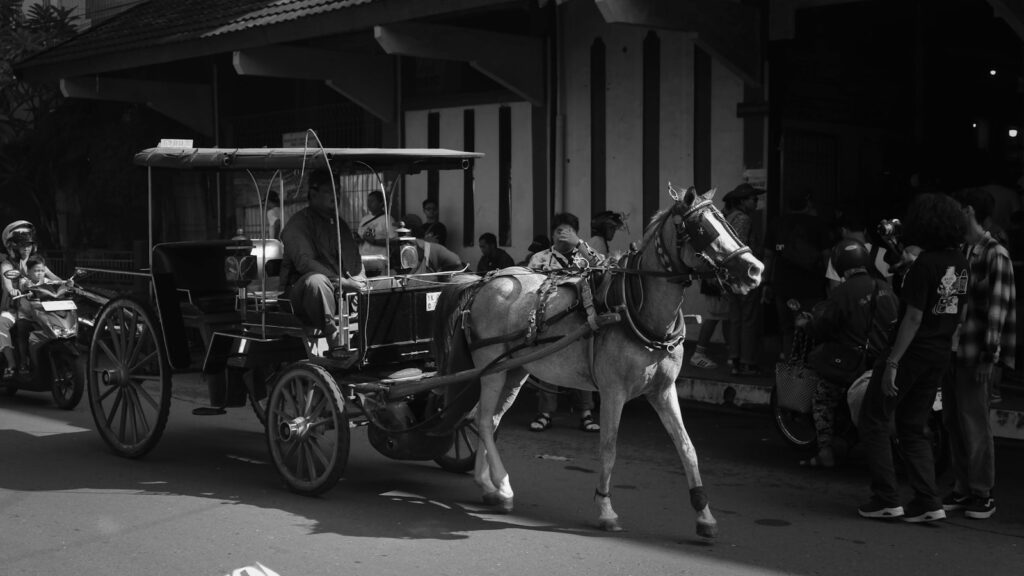
Transporting horses to colonial territories presented significant logistical challenges that shaped early exploration patterns. Early European ships could carry only limited numbers of horses in specialized stalls with substantial supplies of feed and fresh water, making each animal transported a valuable investment. The mortality rate for horses during ocean crossings was often high, with many animals dying from disease, injury, or the stresses of confined transportation. These logistical constraints meant that the first horses in new colonial territories were extremely valuable and carefully managed resources, often worth more than many human laborers. Colonial powers developed specialized infrastructure including stud farms in established colonies to breed horses locally, reducing dependence on expensive and risky oceanic transport.
Horses in Colonial Governance
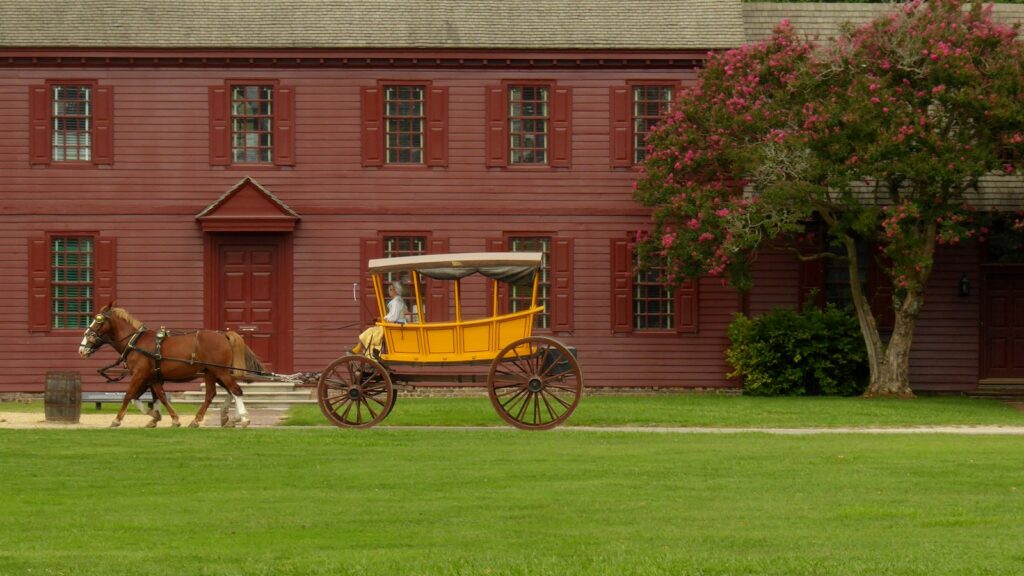
Horses played a crucial role in the practical administration and governance of colonial territories. Mounted colonial officials could conduct regular inspection tours across vast regions, maintaining visibility and authority in remote areas that would otherwise have operated with significant autonomy. Police and paramilitary forces relied heavily on horses to patrol borders, enforce laws, and respond to unrest across territories much larger than their numbers could otherwise control. Tax collection, census-taking, and other administrative functions in colonial systems depended on the mobility that horses provided to government representatives. The visible presence of mounted officials served as a constant reminder of colonial authority, projecting power through regular patrols and appearances even in the most distant settlements.
The Decline of Equine Importance
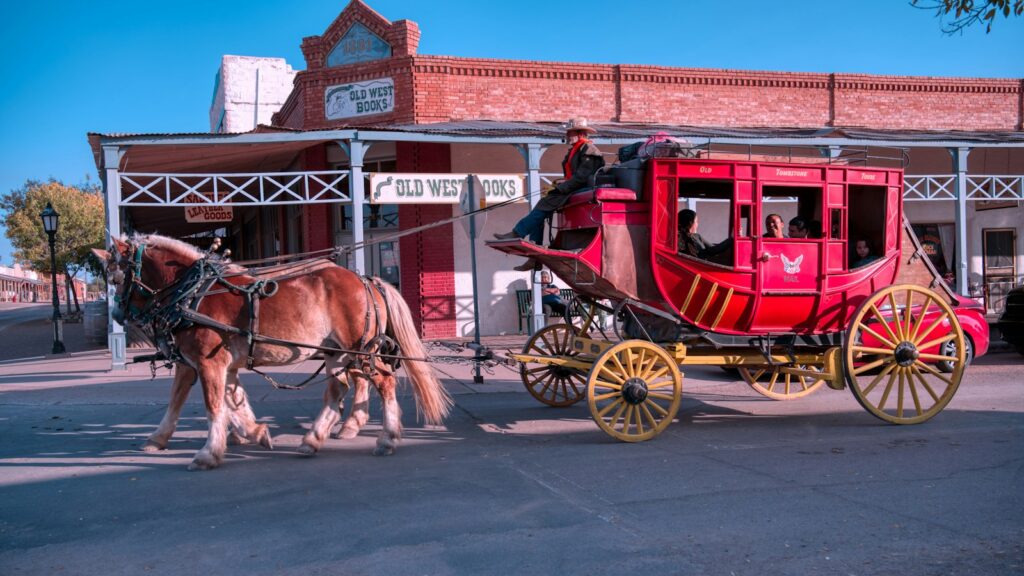
The central role of horses in exploration and colonization eventually diminished with technological developments in the 19th and 20th centuries. The expansion of railroads from the mid-19th century onward provided transportation capabilities that surpassed horses for long-distance travel and heavy cargo movement. Mechanized warfare with tanks, trucks, and eventually aircraft gradually replaced cavalry units that had been central to colonial military forces. The introduction of the telegraph and later telephone systems superseded horse messengers for rapid communication across large territories. Despite this technological displacement, horses remained important in many colonial contexts well into the 20th century, particularly in remote regions where mechanized transport remained impractical due to terrain or infrastructure limitations.
Legacy and Historical Significance
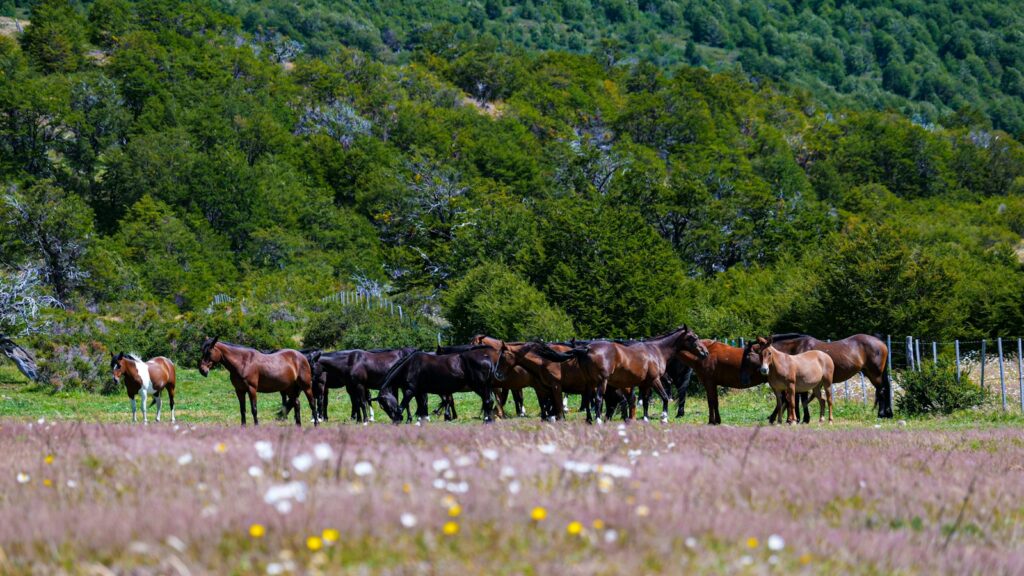
The partnership between humans and horses profoundly shaped the world map as we know it today. Virtually every major colonial power relied heavily on horses to establish, expand, and maintain their territories across continents. The speed and range of early exploration would have been dramatically reduced without equine assistance, potentially altering the timing and patterns of global colonization. Many current international boundaries, settlement patterns, and transportation routes directly reflect the capabilities and limitations of horse-powered exploration and colonization. Perhaps most significantly, the cultural exchange of horses between European colonizers and indigenous peoples created complex and lasting changes to societies worldwide, with equestrian traditions becoming integral to cultures from the Argentine pampas to the North American plaiThe story of early exploration and colonization cannot be fully understood without recognizing the central role horses played in making these vast human movements possible. As we examine historical accounts, it becomes clear that these animals were not merely transportation but active participants in reshaping human geography and power dynamics. Their strength carried people and goods across continents, their speed transformed communication and warfare, and their partnership with humans created capabilities that neither species could have achieved alone. The hoofprints of horses are deeply embedded in our global history, having enabled the unprecedented mobility that connected continents, cultures, and economies in ways that permanently altered the trajectory of human civilization.







